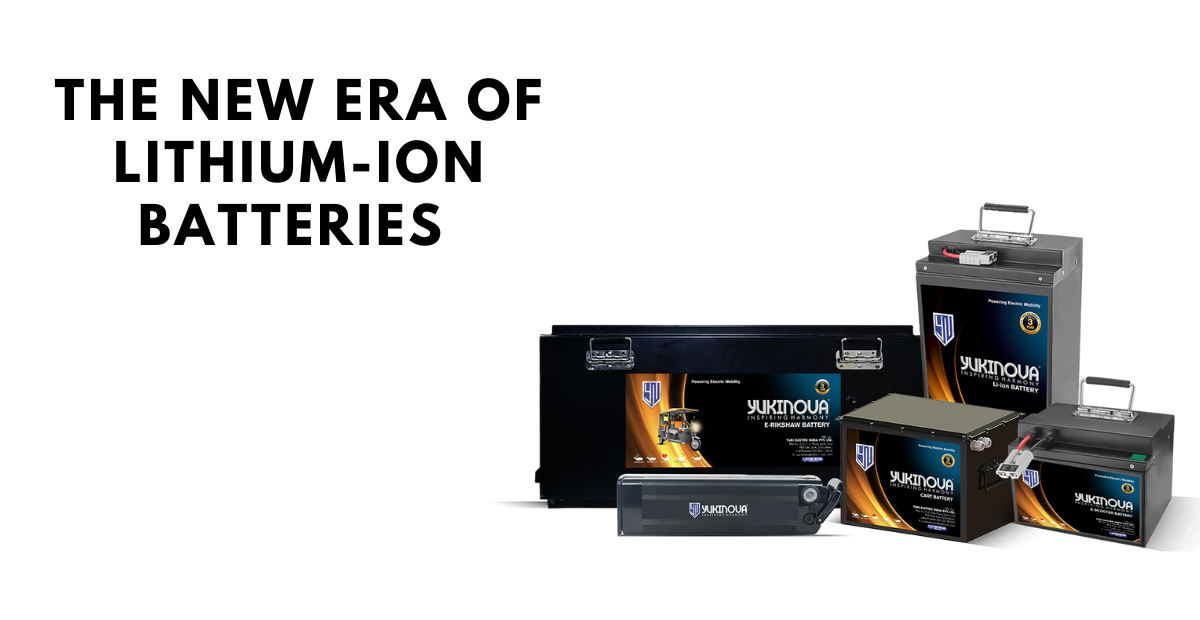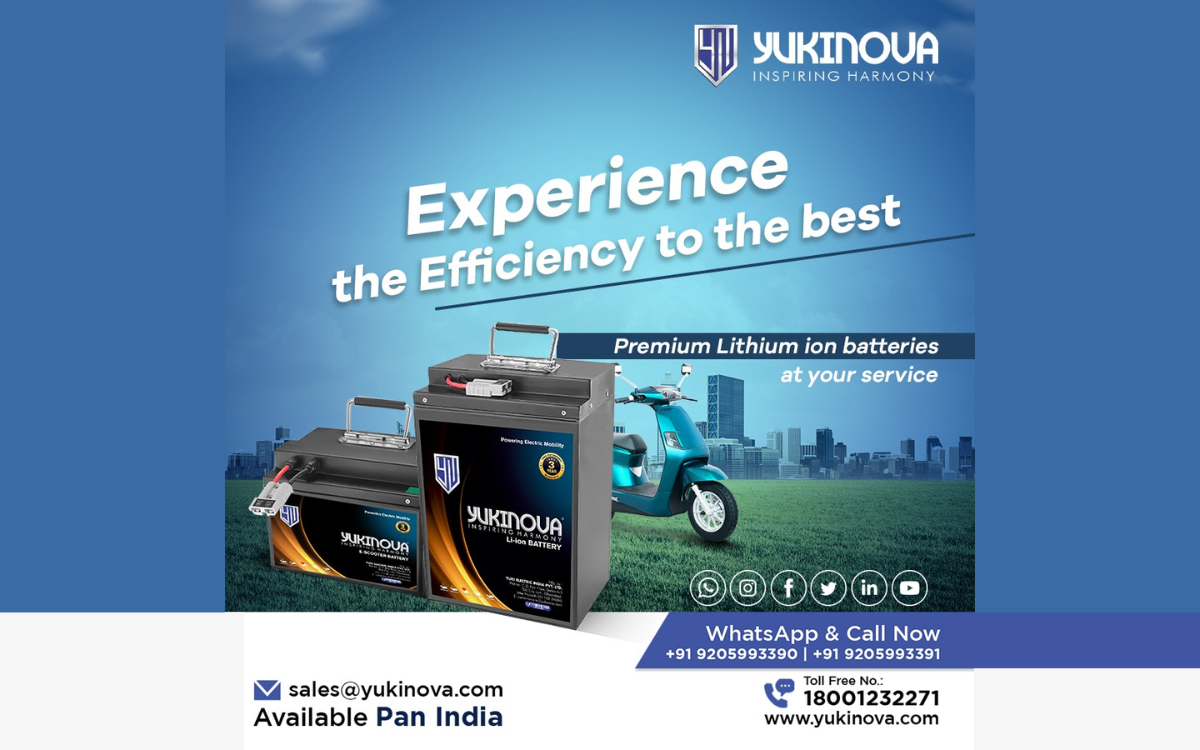The rise of electric vehicles (EVs) has ushered in a new era of mobility, with lithium-ion batteries playing a pivotal role in powering electric two-wheelers and three-wheelers. As you embark on selecting the right lithium-ion battery for your electric vehicle, there are several key considerations to keep in mind to ensure optimal performance, efficiency, and longevity.
1. Battery Capacity and Range
The capacity of a lithium-ion battery dictates how much energy it can store, directly influencing the range your electric vehicle can travel on a single charge. Higher capacity batteries typically offer longer ranges, making them suitable for commuters or businesses requiring extended operational hours. Consider your daily travel needs and choose a battery with adequate capacity to meet your requirements without compromising on range.
2. Voltage and Power Output
The voltage of a lithium-ion battery determines the power output delivered to the electric motor. Higher voltage batteries can provide greater acceleration and performance, especially beneficial for vehicles carrying heavier loads or navigating hilly terrain. Ensure compatibility between the battery voltage and the specifications of your electric vehicle’s motor system to optimize performance and efficiency.
3. Battery Size and Weight
The size and weight of the battery directly impact the overall design and handling of your electric vehicle. Compact and lightweight batteries are preferable for two-wheelers and three-wheelers as they enhance maneuverability and reduce the overall weight burden. Additionally, consider the physical dimensions of the battery to ensure it fits seamlessly into your vehicle’s chassis without compromising structural integrity.
4. Charging Time and Compatibility
Efficient charging capabilities are crucial for electric vehicles, particularly for those used in commercial applications where downtime impacts productivity. Evaluate the charging time required for the battery to reach full capacity and consider compatibility with existing charging infrastructure. Fast-charging capabilities can significantly reduce downtime between trips, enhancing operational efficiency and convenience.
5. Durability and Longevity
Investing in a lithium-ion battery with robust durability and longevity is essential for maximizing return on investment. Factors such as the battery’s cycle life (number of charge-discharge cycles it can withstand), resistance to extreme temperatures, and maintenance requirements should be evaluated. Choose batteries from reputable manufacturers known for quality craftsmanship and reliable performance over extended periods.
6. Safety Features and Standards Compliance
Safety is paramount in electric vehicle batteries. Ensure that the lithium-ion battery meets international safety standards and incorporates features such as thermal management systems, overcharge protection, and short-circuit prevention mechanisms. These features not only safeguard the battery but also enhance overall vehicle safety and reliability.
7. Manufacturer Reputation and Support
Selecting a battery from a reputable lithium-ion manufacturer with a proven track record in electric vehicle technology is crucial. Manufacturers with extensive experience and a commitment to innovation are more likely to offer reliable products and comprehensive customer support. Research customer reviews, warranty terms, and after-sales services to gauge the manufacturer’s reliability and commitment to customer satisfaction.
In Conclusion, Choosing the right lithium-ion battery for your electric two-wheeler or three-wheeler requires careful consideration of several factors, including capacity, voltage, size, charging efficiency, durability, safety features, and manufacturer reputation. By prioritizing these key considerations and selecting a battery that aligns with your vehicle’s specifications and operational requirements, you can ensure optimal performance, efficiency, and longevity for your electric vehicle.
Discover the perfect lithium-ion battery for your electric two-wheeler or three-wheeler with Yukinova Batteries. Experience enhanced performance, efficiency, and reliability. Explore our range of batteries and take your electric vehicle to the next level with Yukinova.


